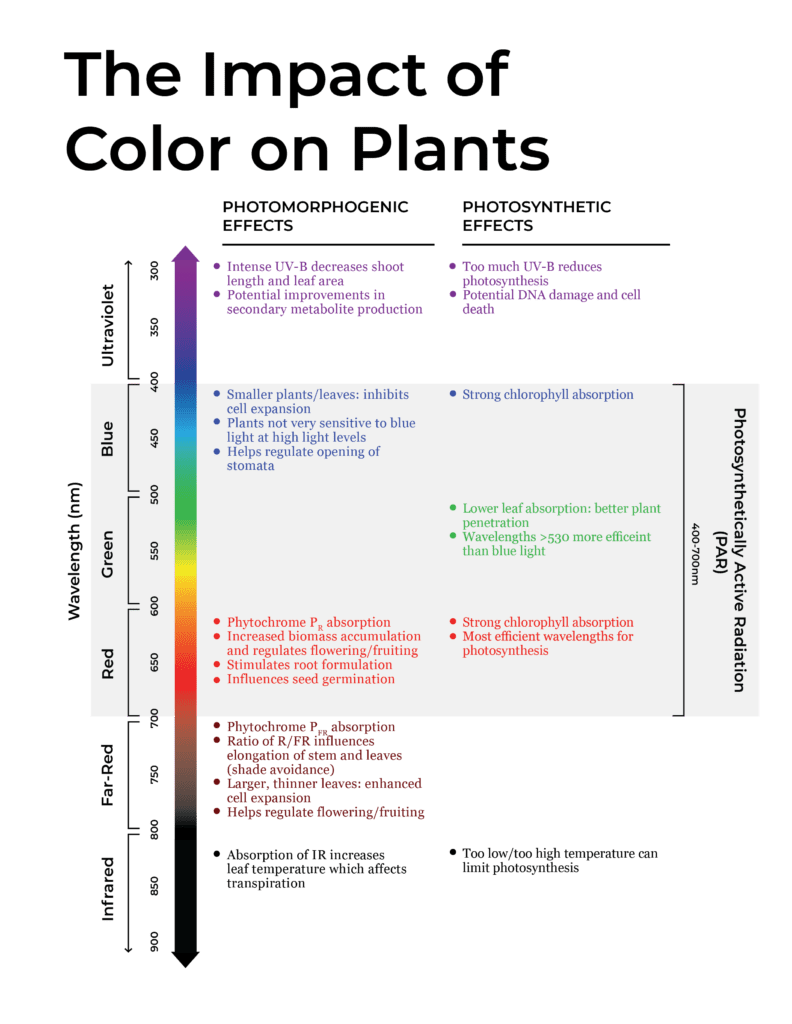2023
Nobel Prize Confirms Wide Use of UbiQD’s Quantum Dots
2022
UbiQD Launches Two New Greenhouse Film Products for UbiGro
UbiQD and Heliene Start Agrivoltaic Module Development
UbiQD Launches UbiGro.com with New Greenhouse Studies
2021
UbiGro Film Enhances Cannabis Yield with Spectral Mod
2020
Nanotech & Luminescent Films Boost Greenhouse Quality
From Farm to Table: Quantum Dots that Do It All
Q&A: Nanosys, UbiQD Bring Quantum Dots to Agriculture
Greenhouse Technology Boosts Crop Yields Up To 20%
Layer Of Light Helps Plants Get More From The Sun
Quantum Dot Tech Boosts Yields & Energy with UbiQD
Hello Tomorrow Deep Tech Finalist
Cannabis Today Podcast – Steve Blank
2019
Efficient Colors Boost Crop Growth and Biomass
NASA Awards UbiQD Larger Contract for Space Crop Yields
Harvesting Of Red Light Accelerates Plant Growth
Frost & Sullivan Best Practice Award
Technological Advances Help Optimize Greenhouse Sunlight
UbiQD Wins 2019 SXSW Pitch in Hyper-Connected Category
10 Killer Agricultural Technologies
Quantum Dots Shift Sunlight’s Spectrum to Speed Plant Growth

In the consumer electronics industry, quantum dots are used to dramatically improve color reproduction in TV displays. That’s because LCD TV displays, the kind in most of our living rooms, require a backlight. This light is typically made up of white, or white-ish LEDs. The LCD filters the white light into red, green, and blue pixels; their combinations create the colors that appear on the screen.
Before quantum dots, filtering meant that much of the light didn’t make it to the screen. Putting a layer of quantum dots between the LEDs and the LCD, however, changes that equation. QD TVs use blue LEDs as the light source, then take advantage of the quantum effect to shift some of that light to tightly constrained red and green wavelengths. Because only this purified light reaches the filters—instead of the full spectrum that makes up white light—far less is blocked and wasted.
It turns out that this same approach to making your TV picture better can make plants grow faster, because plants, like LCD filters, are tuned to certain colors of light.
Overall, plants don’t absorb much green light; they reflect it, and so leaves appear green. Certain plants are even more picky, as recent research using different colors of LEDs for lighting greenhouses has shown. Some Dutch growers, for example, are growing tomatoes under a magenta light, roses under a whiter light, and peppers under a more yellow hue in an effort to give plants exactly the light that produces the best results.
Share:











